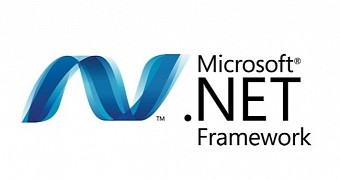Microsoft has recently announced the introduction of a new update concept for .NET Framework that’s supposed to give users and IT admins more flexibility over installing patches.
Simply called cumulative updates just like their Windows 10 siblings, the new .NET Framework updates will be independent, which means that they’ll be released separately. They’re also cumulative, so they include all the previously-released fixes, and will have the same cadence as Windows 10.
Microsoft explains that Windows users with Windows Update enabled and configured to install updates won’t notice any difference, as cumulative updates for Windows 10 and .NET Framework will be downloaded and deployed together on their systems.
The company will publish these updates separately on the Microsoft Update Catalog and will carry their own KB numbers, and a single update will come with changes for both .NET Framework 3.5 and 4.7.2 products.
Enter Windows 10 April 2018 Update
The new approach will come into effect with the Windows 10 October 2018 Update rolling out next month, when systems will begin receiving one cumulative update for the OS and another one for .NET Framework. On Windows 10 April 2018 Update and earlier versions of Windows 10, Microsoft will continue to ship .NET Framework improvements as part of the OS cumulative update.
In the case of Windows 7 and 8.1, there will be multiple .NET Framework updates for each Windows version.
The same cadence as for Windows 10 cumulative updates will be used, and security and quality updates will be published on Patch Tuesday. Preview updates will be posted one to two weeks after Patch Tuesday, while out-of-band releases could land at any time if they are needed.
“Windows Update will orchestrate making sure updates that ship at the same time are processed together and only require a single reboot. Guidance to WSUS/IT Admins is to continue to ensure that updates are grouped and deployed together to avoid any potential additional reboots,” Microsoft explains.
A reboot will be required to complete the installation of cumulative updates for .NET Framework.
Via Neowin

 14 DAY TRIAL //
14 DAY TRIAL //